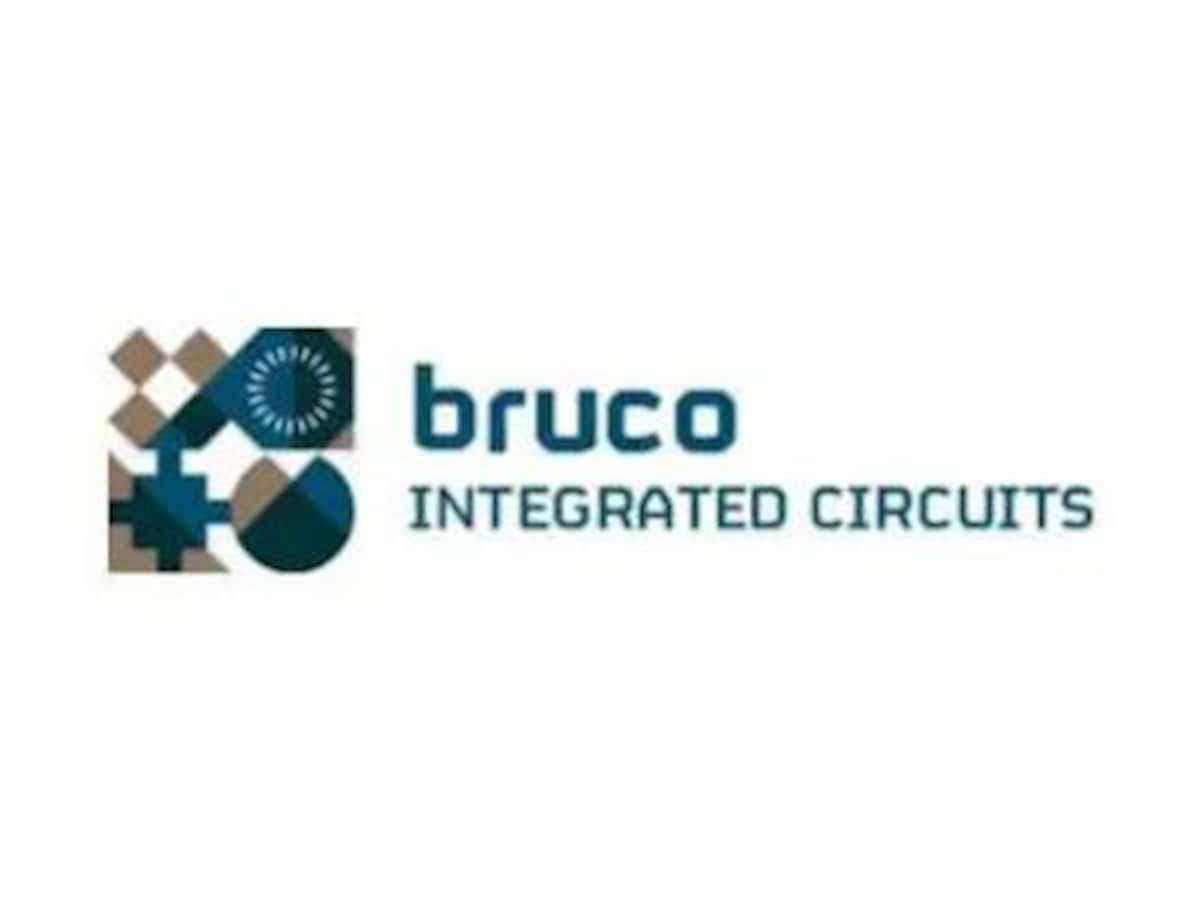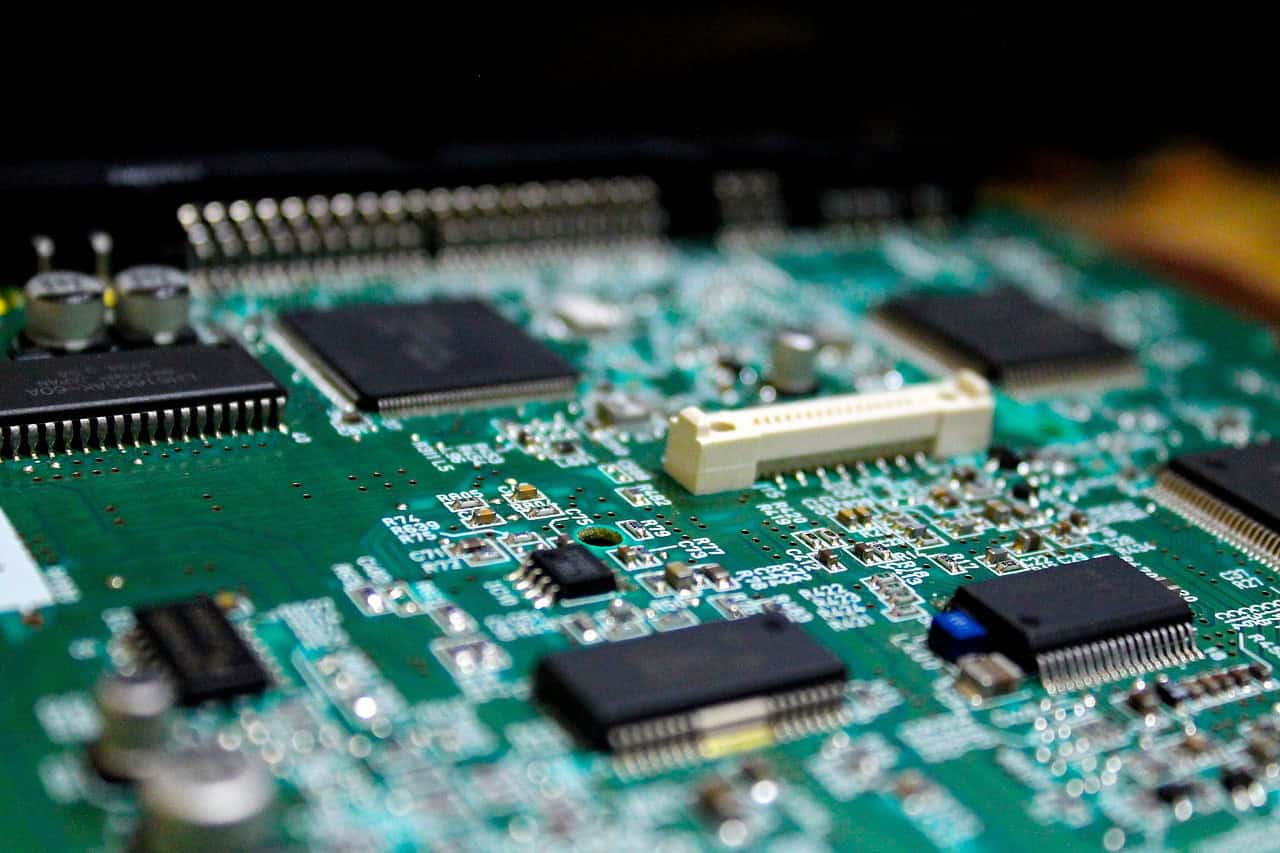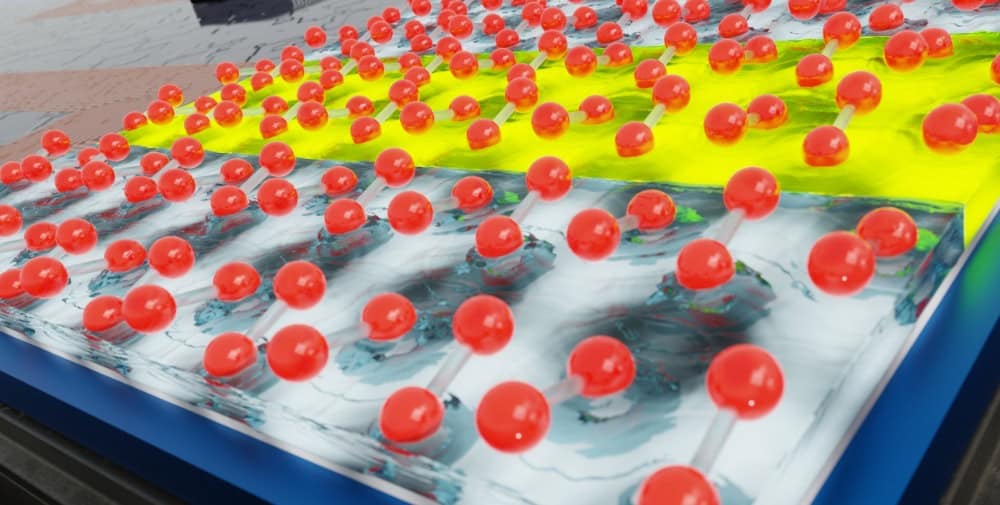
5 arguments why innovative companies opt for an ASIC
The intelligent hearing aid that seamlessly filters background noise. The car radar system that detects obstacles with millisecond accuracy. The industrial sensor that works flawlessly in extreme conditions for years without maintenance. What do these groundbreaking products have in common? They are all based on customized silicon chips that have been developed specifically for their individual requirements.
Standard chips offer convenience and quick access. You can order them today and integrate them tomorrow. However, convenience often comes at a price. Off-the-shelf integrated circuits offer generic performance for common applications. They typically consume more power than necessary, take up more space than ideal and include features you don’t use while lacking the features you actually need. Custom ASICs completely reverse this ratio.
When you design an analog, mixed-signal or RF ASIC tailored to your application, every transistor has a purpose. Every milliwatt counts. Every square millimetre of silicon area is optimized for your specific requirements. For companies developing innovative products today, the question is not whether customized ASICs offer advantages. The question is whether you can afford to ignore them while your competitors gain significant technical and economic advantages.
In this article, we give you five key reasons why innovative companies choose custom ASICs over standard solutions and how this decision often helps them dominate their markets.
1. Unmatched performance
One of the most important reasons for choosing an ASIC is performance. Because an ASIC is tailor-made for a specific task, it can be optimized for the required functions, maximum efficiency and speed. In practice, this means that an ASIC implementation often offers better performance than general-purpose ICs.
Designers can fine-tune each circuit and signal path on an ASIC, achieving higher frequencies and efficiencies with lower latency and less noise than is possible with off-the-shelf ICs. The result is dedicated hardware that is precisely tailored to your performance goals, such as low noise, fast signal response, high linearity or robust EMC characteristics.
Energy efficiency goes hand in hand with performance. By integrating only the necessary circuits and optimizing them for the respective application, a customer-specific chip avoids the overhead of unused circuits. No energy is wasted on unneeded general purpose functions. For battery-powered devices, this leads directly to a longer lifespan.
In short, ASICs are the optimal solution in terms of performance efficiency, power consumption and functionality.
2. Reduced size and system complexity
Another major advantage of ASICs is the integration of multiple functions into a single chip, drastically reducing the overall size and complexity of the system. In a custom ASIC, many discrete components such as amplifiers, comparators, LDOs, ADCs, controllers and power management blocks are integrated into one chip.
The benefits of this miniaturization are significant:
– Reduced board space: An ASIC replaces a number of separate chips and components, freeing up board space for a lighter, more compact product. This is crucial for wearables, IoT sensors, medical implants and any application where space is at a premium.
– Simplified assembly: With fewer components to solder and connect, manufacturing becomes easier and more reliable.
– Reduced bill of materials (BOM): By combining functions in one chip, you have fewer different parts to source and store.
– Increased reliability: By eliminating dozens of discrete components, many potential sources of failure are eliminated.
By downsizing your design and streamlining electronics, an ASIC not only saves space, but also contributes to a more robust and elegant product.
3. Long-term cost efficiency and scalability
Cost is often a deciding factor when choosing a technology. The development of a customized ASIC does involve upfront costs, but in the long term, ASICs are economically very attractive for low to high volume products.
– Development investment: The development of advanced ASICs typically requires a one-time engineering cost (NRE) of €1 million to €5 million.
– System-level economics: Total cost of ownership includes benefits such as reduced component count, simplified inventory and improved quality control.
– Break-even analysis: Most ASIC projects break even within two to three years for products with an annual volume of more than 25.000 units within two to three years.
In essence, an ASIC solution enables you to cost-effectively meet the demand of a large market.
4. Intellectual property protection and product differentiation
With an ASIC, you can implement proprietary features that no one else can easily replicate. Your innovation is literally hard-wired into the device, enabling features that competitors using generic chips can’t match.
– Reverse engineering complexity: Extracting IP from a custom ASIC requires a lot of effort and cost, which creates competitive barriers.
– Time-to-market advantages: Proprietary ASICs typically offer a competitive advantage of 12 to 24 months.
– Market differentiation: Custom features enable premium pricing and stronger brand positioning.
In summary, integrating a custom ASIC helps secure your competitive position by protecting the unique capabilities of your product.
5. Supply chain control and risk management
The last few years have shown the importance of supply chain stability. If you rely on standard components, you are dependent on external decisions. ASICs offer more control and predictability.
– Obsolescence risk: With customized ASICs, you have time to react and plan effectively for end-of-life.
– Priority in allocation: Customized designs are often allocated preferentially in the event of shortages.
– Cost predictability: Long-term supply contracts provide protection against market fluctuations.
In the end, an ASIC can be the key to keeping your production on track and meeting your customers’ expectations.
Choosing the right ASIC development partner
The success of ASIC development depends on experienced partners. Key factors to evaluate:
– Technical expertise: Experience in relevant technology areas such as RF, analog and mixed-signal.
– Development methodology: Structured approaches that include feasibility and risk assessments.
– Supply chain management: Support beyond design, including testing and partnerships with foundries.
– Application understanding: Insights into your market to optimize the design accordingly.
Bruco Integrated Circuits takes a comprehensive approach that combines deep technical expertise with end-to-end project management. Based in the Netherlands and with global partnerships with foundries, Bruco IC has delivered customized ASICs for various industries, including consumer electronics and automotive applications.
The methodology includes feasibility studies, detailed design, validation and supply chain support throughout the lifecycle. This reduces project risk and improves time to market.
Developing ASICs for a competitive advantage
The strategic question is not whether ASICs offer advantages, but whether you can maintain your position without them. Customized silicon solutions offer better performance, efficiency and product integration. They also ensure long-term cost control and supply chain reliability.
Would you like to learn more about how Bruco IC can help you take your next product to the next level?
Bruco IC is happy to guide you through this process – from the initial concept discussions to the moment your ASIC rolls off the production line.
– – – – –
Further links
👉 https://bruco-ic.com
Photo: pixabay




